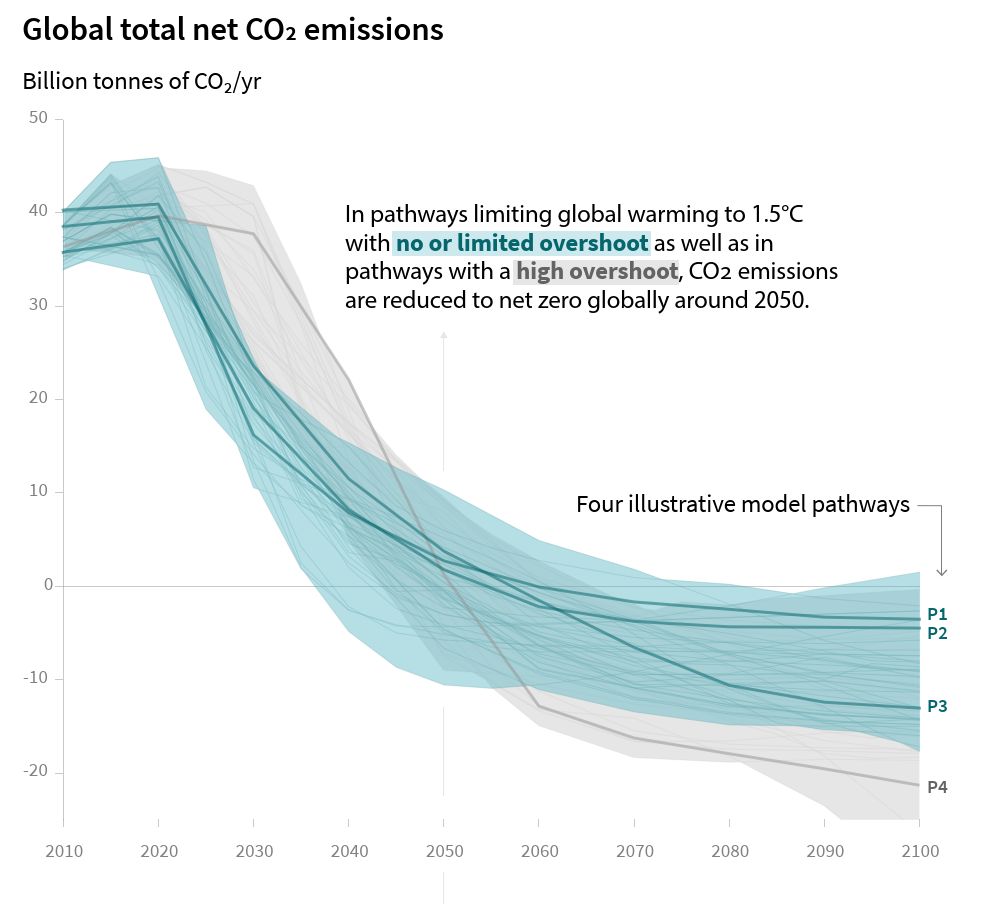Central Coast group Climate Future is calling on all candidates in the March 25 election to commit to large-scale and deep cuts to greenhouse gas emissions and to actions to protect people from future extreme events.
Spokesperson Richard Weller said Climate Future had written to every candidate asking for a clear commitment to work with the government on faster action.
“Candidates must adopt the International Panel on Climate Change (IPCC) emissions reduction target pathway P3 which gives us a two in three chance of keeping temperature increases to 1.5 degrees Celsius,” Weller said.
“We are already seeing significant climate impacts – heat waves, drought, bushfire, storm and flood – made worse by climate change.
“We are likely to see very significant extreme events in the next few years.
“Candidates in the March 25 NSW election are in the position to make changes and must act.”
Weller said voters should require every candidate to clearly state the action they will take to cut emissions and to provide protection for people, property and lives from future extreme events.
“In line with the pathway P3, Climate Future is calling for a ban on any new fossil fuel developments or investments by government and the private sector,” he said.
“This ban must be immediate and include cancellation of existing exploration licences and closure of all fossil fuel exploration zones.
“We need to achieve 75 per cent cuts below 2005 levels by 2030.
“This includes 100 per cent renewable electricity by 2030, 80 per cent renewable energy for the transport industry by 2030 with 100 per cent by 2033; and 85 per cent replacement of gas use with electricity by 2030.
“The replacement technology is already available for these economic sectors.”

Climate Future is encouraging voters to demand that candidates commit to a fully-funded plan to remove and permanently store carbon from the atmosphere from 2030.
“The IPCC reports are clear that this is required following net zero,” Weller said.
“Extraction would need to continue for several decades to ensure the 1.5C target will be achieved; this is necessary because global emissions continue to rise after more than 30 years of warnings.”
Climate Future has put together a policy statement which sets out the steps needed to deal with the impacts of future extremes such as heat wave, drought, bushfire, storm, flood, food and water availability.
“Voters should be demanding that election candidates provide details about how they would prepare local communities for the extreme impacts of climate change,” Weller said.
“Measures must include education about the dangers, survival planning, evacuation preparation, routes to safety and shelters.
“Our future politicians will need to urgently tackle how to re-design and re-construct the built environment to cope with increased impacts of unexpected extreme events; escape routes and evacuation facilities, stormwater drainage, roads, sewer systems, communications, shelters, emergency response services and recovery are just some of the areas that need attention.”
Source:
Media release, Mar 13
Climate Future



